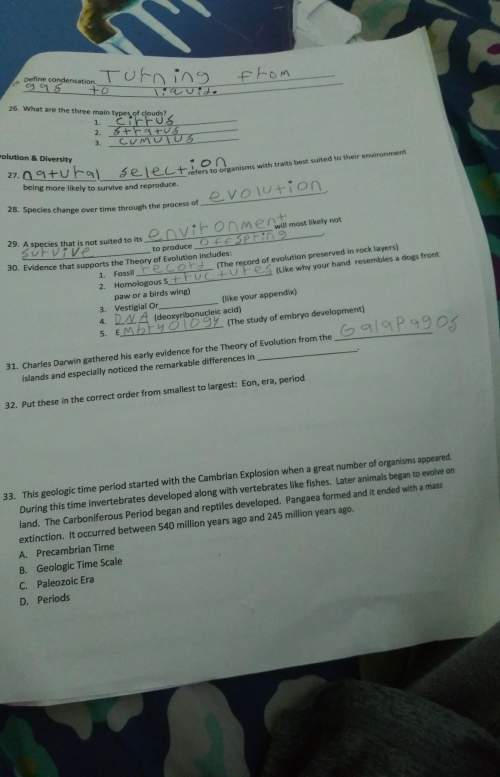
Physics, 17.10.2021 20:10 jackphilander2285
Two blocks, with masses M1 = 1.20 kg and M2 = 10.90 kg, and a spring with spring constant k = 417 N/m are arranged on a horizontal, frictionless surface as shown in the Figure. The coefficient of static friction between the two blocks is 0.540. What is the maximum possible amplitude of the simple harmonic motion if no slippage is to occur between the blocks?

Answers: 1


Other questions on the subject: Physics

Physics, 22.06.2019 02:40, SMURFETTE86
15. one purpose of the tread pattern on a tire is to a reduce tire wear. b. reduce traction c. allow water to flow away from the tire. d. look impressive.
Answers: 1

Physics, 22.06.2019 06:00, nelsy7610
Suppose water is leaking from a tank through a circular hole of area ah at its bottom. when water leaks through a hole, friction and contraction of the stream near the hole reduce the volume of water leaving the tank per second to cah 2gh , where c (0 < c < 1) is an empirical constant. a tank in the form of a right-circular cone standing on end, vertex down, is leaking water through a circular hole in its bottom. (assume the removed apex of the cone is of negligible height and volume.) (a) suppose the tank is 20 feet high and has radius 8 feet and the circular hole has radius 2 inches. the differential equation governing the height h in feet of water leaking from a tank after t seconds is dh dt = − 5 6h3/2 . if the height of the water is initially 8 feet, how long will it take the tank to empty? (round your answer to two decimal places.)
Answers: 2

Physics, 22.06.2019 10:00, starsinopoli13
How are the crust and the inner core alike? a) they are both solid. b) they both have the same temperature. c) they are both under the same pressure. d) they are both very close to the center of the earth.
Answers: 1

Physics, 22.06.2019 12:50, natalyarenassalgado
Arunner is jogging at a steady 3.6 km/hr. when the runner is 2.9 km from the finish line, a bird begins flying from the runner to the finish line at 14.4 km/hr (4 times as fast as the runner). when the bird reaches the finish line, it turns around and flies back to the runner. even though the bird is a dodo, we will assume that it occupies only one point in space, i. e., a zero-length bird. how far does the bird travel? (b) after this first encounter, the bird then turns around and flies from the runner back to the finish line, turns around again and flies back to the runner. the bird repeats the back and forth trips until the runner reaches the finish line. how far does the bird travel from the beginning? (i. e. include the distance traveled to the first encounter)
Answers: 2
You know the right answer?
Two blocks, with masses M1 = 1.20 kg and M2 = 10.90 kg, and a spring with spring constant k = 417 N/...
Questions in other subjects:

History, 11.09.2021 23:40

Mathematics, 11.09.2021 23:40


English, 11.09.2021 23:50



Health, 12.09.2021 01:00


English, 12.09.2021 01:00

Mathematics, 12.09.2021 01:00




